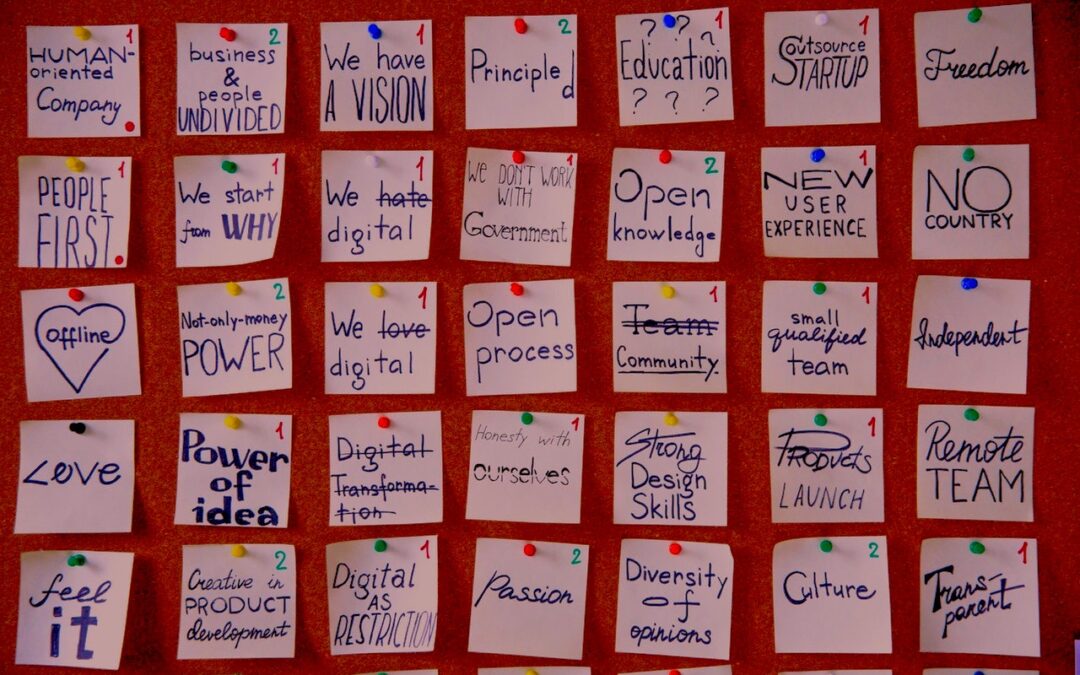
How to Convert Feedback Into Leadership Enhancement
How to Convert Feedback Into Leadership Enhancement
Organizations are spending millions to setup feedback channels like email, social platforms, and follow-up programs, in order to create a better work environment. Still, the words “feedback” often make us cringe as we immediately adopt a defensive posture.
Progress-driven leaders value both positive and constructive feedback, always giving priority to constructive ones. While positive feedback is important to keep motivated, constructive feedback helps you grow.
This is the kind of leadership behavior that takes organizations to the horizons of success with millions of satisfied customers, content employees, and record level profits.
Importance of Feedback
There is no question about the advantages of feedback. They are innumerable, and why organizations spend a lot of money in order to make the feedback process as smooth as possible.
Feedback helps you make better decisions. There are multiple stakeholders associated with your organization that are impacted by your decisions.
Imagine making a decision about the launch of an innovative product without getting feedback about the previous version. Doing dividends dispersion without discussing it with shareholders.
“Getting feedback is how we make informed decisions.”
Feedback helps individuals understand what they did well and what can be improved. When they know both, they are able to adapt their attitude and actions to improve. Feedback proves to be the key tool for improving both individual and collective performance in any organization.
“Active open and bilateral feedback paves the way to change and innovation.”
For instance, the feedback forms in hotels filled by guests give owners worthy suggestions about the menu, the environment, and staff. This helps them make improvements and provide better service the next visit.
Positive feedback in the form of praise lets staff know their worth and capacities. It recognizes their efforts and improves job satisfaction.
Motivated employees work harder to improve their performance. As they receive gratitude, they feel more connected with the organization and thus, work in the best interest of it.
A 2013 study by Forbes reflects that leaders who give effective feedback are more trusted by their teams. Employees of such leaders are more engaged than employees of organization with leaders who are more critical than constructive.
“When we don’t pay due attention to feedback, we miss an opportunity for improvement and positive growth.”
Feedback is an effective tool to indicate and highlight improvement areas and provides the basis for problem-solving. Even when we don’t agree with the suggestions provided, we can still work on what has been highlighted for the organization’s well-being.
An effective communication system involving smooth transmission of feedback within an organization improves workplace relationships between employers and employees.
Feedback for Leadership Enhancement
Feedback is crucial for leadership enhancement. Here is how you can use feedback constructively and convert courage-breaking words into an opportunity to enhance performance.
Listen
There should be proper channels for stakeholders to communicate with you. If you want feedback to work positively, it is important to listen with equanimity and patience.
This is tougher than it sound, because naturally we all are inclined to be defensive against criticism.
“Responding defensively to feedback may turn an objective opportunity to learn and grow into a situation that provokes animosity.”
Show respect, give each person complete focus and don’t ask any question until they finish.
“Listening to feedback carefully will add something positive to your knowledge and attitude”
Accept
You need to accept and acknowledge what you have heard. Don’t correct anything. It is inevitable to first consider the feedback wrong or amendable.
Try to be receptive to the feedback. Pick up the points you can agreed to amend. By being receptive you will identify your weaknesses as well as strengths, and then you can work to enhance them.
Interpret
The next step is to interpret the feedback. Take some time alone to analyze whether it was constructive feedback or just criticism. Come up with the points that can help you and your organization to grow.
Reflect with your time and effort by turning inward. Contemplate if the feedback aligns with your objectives, values, intentions, and ethics.
Once you have learned the constructive points of the feedback, document it, and make a plan of action. If you don’t agree with the suggestions, plan a follow-up discussion with the associated stakeholders to gain alignment.
This follow-up meeting will highlight further constructive suggestions to improve your way of working and will help your team and organization to learn and grow.
Inference
Leaders who have the ability to absorb feedback have enormous power that enables them to practice self-improvement, stay motivated, and turn any kind of feedback into a constructive opportunity for all the stakeholders.
All a leader needs to do is listen to feedback with a receptive mind, take time to analyze every aspect of it objectively, stay focused on the opportunity and act in the greater interest of the individuals and collective progress.
Finally, remember that it’s not about you, it’s about the people you have chosen to serve and the organization you want to see succeed.





Recent Comments